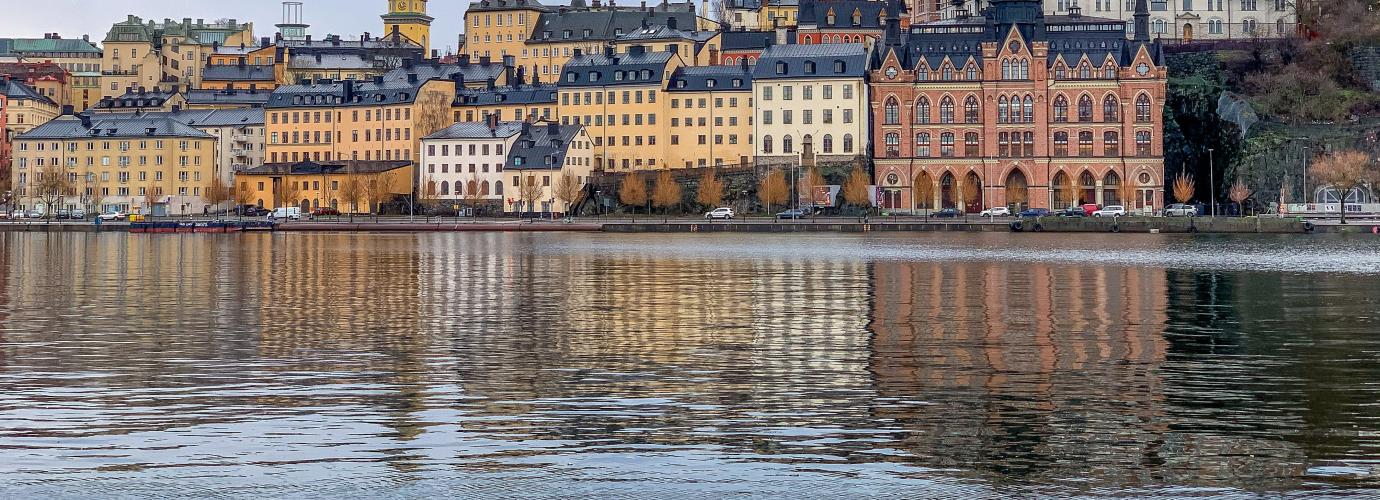Types of Institutions
Higher education is provided at 18 universities (universitet), 12 university colleges (högskolor), 5 university colleges of fine, applied and performing arts (konstnärliga högskolor), and 14 other independent higher education providers (enskilda utbildningsanordnare). These 49 institutions offer higher education of different kinds. The majority of them are public authorities, subject to the same legislation and regulations as other public authorities, as well as the particular statutes, ordinances and regulations relevant to the higher education sector. The others are are publicly funded and foundation based higher education institutions (independent higher education providers). There is one exception. That is World Maritime University in Malmö which is an international university and has been granted the status of a United Nations institution. Although it is not a Swedish institution WMU has master and PhD programmes accredited by the Government of Sweden.
The main part of higher education and research is carried out at the universities. However, first and second cycle education is given at an equivalent level at universities and at the other higher education institutions. What traditionally has differentiated the types of institutions is that universities have had degree awarding powers at first, second and third cycle level while the others have had degree awarding power at first and second cycle level. Since the early 2000s, some university colleges have additional degree awarding powers at third cycle level regarding a specific disciplinary domain. University colleges that currently have no authority to award doctoral degrees may apply to the Swedish Higher Education Authority (Universitetskanslersämbetet) for permission to award doctoral degrees within a particular field of which they have specific knowledge. The field is defined by the university college.
In addition to the state universities and state university colleges, there are independent institutions within higher education receiving state grants. Some of them have the right to award qualifications at first, second as well as third cycle level. However, they are not considered private institutions since they are publicly funded but instead independent higher education providers (enskilda utbildningsanordnare).
Board of Governors
Each state higher education institution has a board regulating the institution's affairs and ensuring that it fulfills its obligations. A board consists of a maximum of 15 members, including the chair. The government (regeringen) appoints the chair of the board and seven more members. Teachers, as well as students, are entitled to be represented by three members each and staff representatives have the right to attend and speak at board meetings. The vice-chancellor is also a member of the board.
The board of governors may establish a staff disciplinary board. The members are to comprise representatives of the staff, the vice-chancellor as chair and an additional number of no more than three members to be appointed by the board of governors.
Internal Organisation
Higher education institutions decide on their internal organisation. This includes determining regulations concerning faculty boards, boards for development work in the arts and special bodies for education and research.
Teachers/Educational Personnel
The institutions appoint teaching staff. Teachers at state universities and university colleges may be appointed as professors, lecturers, assistant lecturers, post-doctoral fellows, part-time teachers and guest lecturers (including visiting professors, lecturers and assistant lecturers). Apart from the employment of professors and lecturers, which is regulated in the Higher Education Act (högskolelagen), the higher education institutions themselves decide what kind of teachers to employ.
The higher education institution decides to what extent a position should focus on education, research (or development work in the arts for staff in the arts field) and administration. Teaching staff from all categories has teaching duties in first and second cycle education, however post-doctoral fellows mainly carry out research.
A list of higher education institutions within each category at the Swedish Higher Education Authority (and the same in English)

